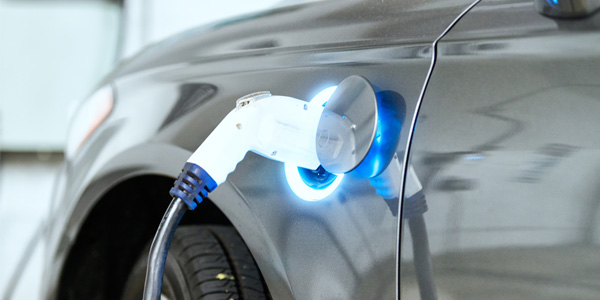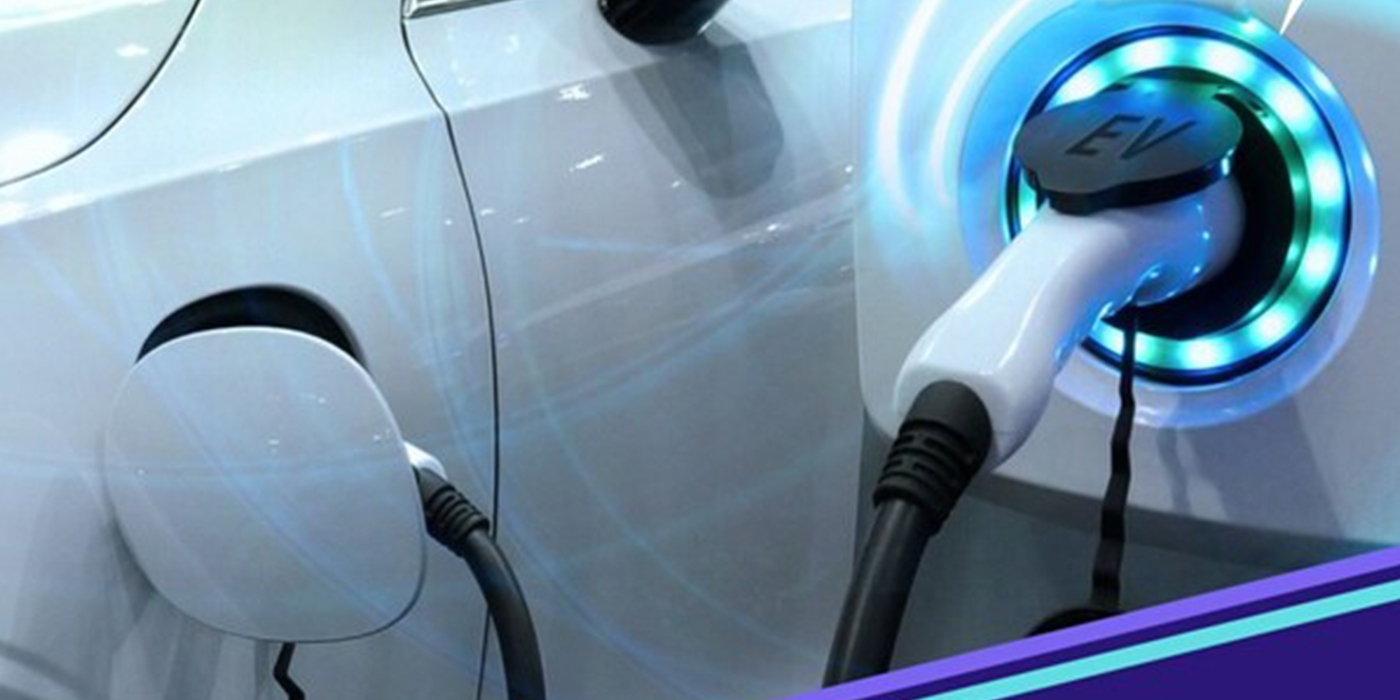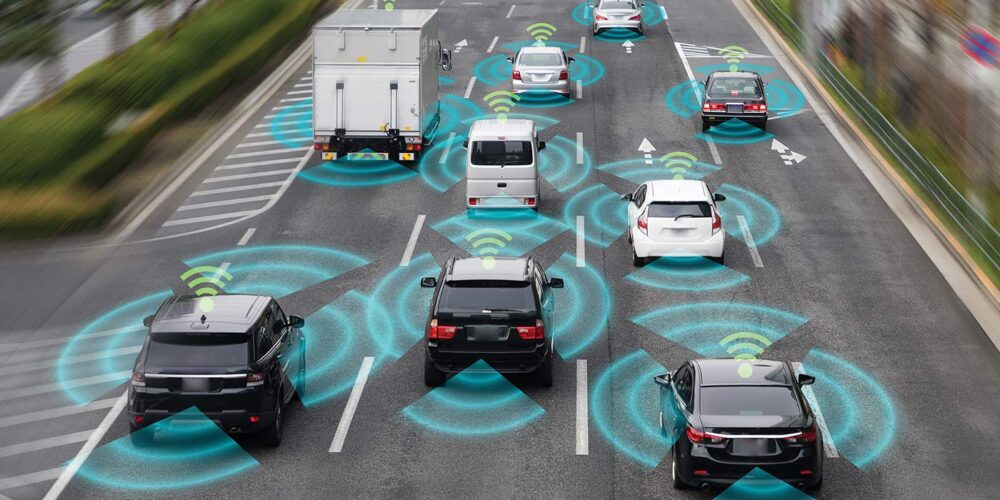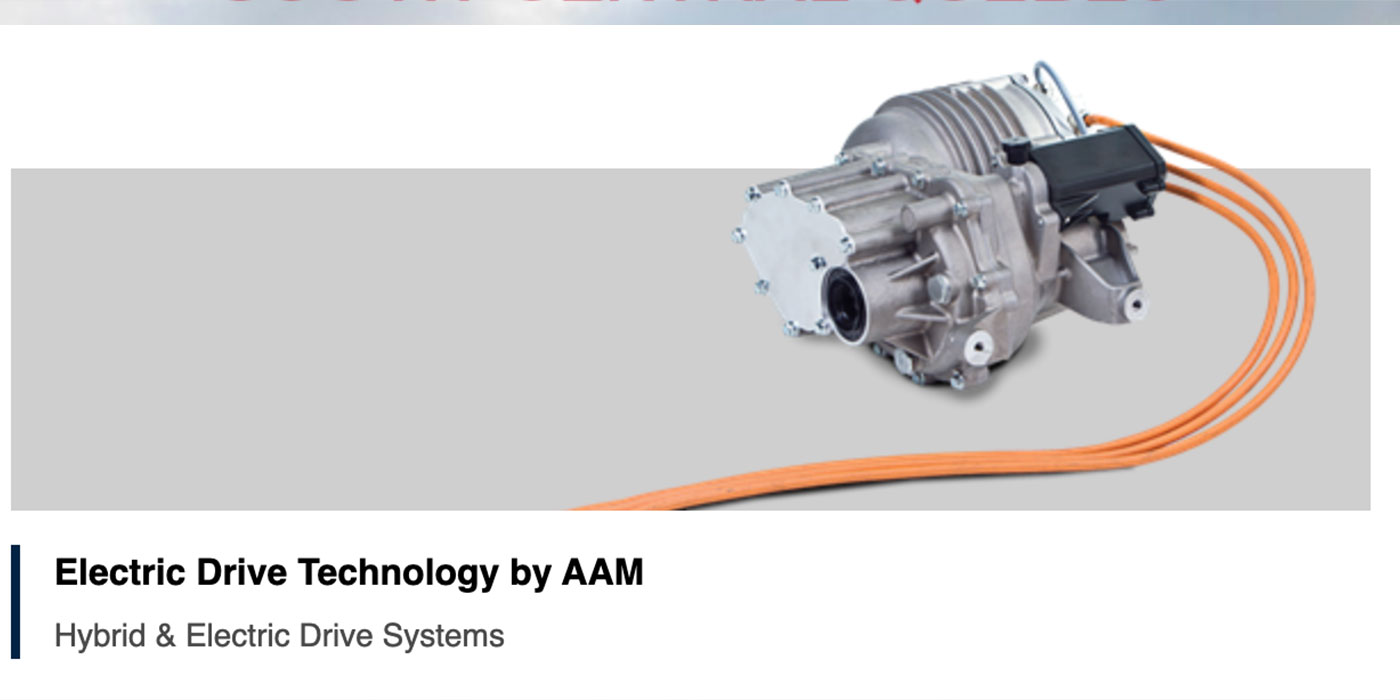
IHS Markit forecasts strong EV sales growth in the U.S. to 2026, in part on the number of new EV models on offer to customers. In 2026, IHS forecasts more than 130 models in the U.S. market will offer electrified propulsion systems. Below, Stephanie Brinley, principal automotive analyst for IHS Markit, shares her perspective.
IHS Markit perspective
Implications:The number of EVs on offer to US consumers is set to explode in the coming years, with EV investments and the impact of those investments on automakers’ financial results the subject of intense scrutiny in recent months. IHS Markit has recently released its latest sales-based powertrain forecast, and this article looks at the outlook for the U.S. market. With several factors driving automakers to invest in a zero-emissions future, IHS Markit forecasts explosive growth in the number of electrified powertrain offerings in the U.S. between 2018 and 2026.
Outlook:Automakers across the globe are making massive bets on the future of EVs, with VW perhaps making the most aggressive moves in this segment. The investment will support what is expected to be a fundamental shift in propulsion systems offered in the decades to come, with the billions in investment earmarked so far only the beginning of the change. IHS Markit forecasts that EV sales in the US market will grow to about 1.28 million units in 2026. In this near term, we can expect a highly competitive segment, with the new options on offer growing faster than demand.
The number of electric vehicles (EVs) on offer to U.S. consumers is set to explode in the coming years, with EV investments and the impact of those investments on automakers’ financial results subjects of intense scrutiny in recent months. IHS Markit recently released its latest sales-based powertrain forecast, and this article looks at the outlook for the U.S. market. With several factors driving automakers to increasingly invest in a zero-emissions future, IHS Markit forecasts explosive growth in the number of electrified powertrain offerings in the U.S. between 2018 and 2026.
By 2023, IHS Markit forecasts 43 brands will offer at least one EV option – this will include nearly all existing brands as well as new brands entering the market – compared to 14 brands offering EVs in 2018. In 2018, 18 nameplates offered electric propulsion systems in the U.S. In 2020, the number is forecast to increase to about 38.
By 2026, IHS Markit forecasts about 133 nameplates will offer an electric powertrain in the U.S., whether standard or optional. Some of these nameplates will be existing entries which expand to offer an EV option, while others will be new to the market, like the Mercedes-Benz EQC or Volkswagen I.D. 3. As today with Hyundai’s Kona and Ioniq and Kia’s Soul and Niro, some brands in future will offer EV, hybrid and ICE solutions under one nameplate. As a result, the net gain in nameplates on offer will be somewhat less dramatic than initially might be thought, increasing from 361 in 2018 to 400 in 2022, but then slipping to 390 in 2024. This forecast reflects, in a few cases, placeholder projects which could ultimately come to market using the marketing power of an existing nameplate. In any case, the level of choice in 2026 is likely to prove daunting for consumers to navigate.
EV sales forecast
IHS Markit forecasts that sales of vehicles with an electric propulsion system will reach 1.28 million units in the U.S. in 2026, compared with just less than 200,000 units in 2018. In 2018, vehicles with electric powertrains accounted for 1.2% of the U.S. market, about double the share in 2017, an increase almost solely due to the arrival of the Tesla Model 3. With this significant volume growth, sales vehicles with an electric powertrain are forecast to account for 7.6% of total U.S. vehicle sales in 2026.
These sales will be spread across multiple segments and brands, favoring utility vehicles, as currently does the standard market, and across at least 43 different vehicle brands. IHS Markit forecasts that the top 10 brands will claim nearly 890,000 units of the 1.28 million EV sales in 2026, leaving about 33 brands with a combined 392,000 units. The competition growth can be illustrated in a few ways. Average annual sales per model, excluding segment leader Tesla, will be about 25,000 units. Excluding the top 10 brands offering EV models, the other 33 brands will have average annual sales of 11,900 units in 2026. The sales volumes will vary between models according to pricing, vehicle type and brand exclusivity. In the overall U.S. light-vehicle market, the forecast is for about 48 brands with a total sales volume of 16.84 million units in 2026, an average of about 350,000 units per brand. In the near term, EV competition will be extremely high. Increased choice and availability will drive sales growth, but the number of vehicle introductions is initially outpacing demand for the electric propulsion option.
Segment outlook
The future of EV options is for a change from early entries in the segment of compliance cars and small city cars to relatively long-range vehicles and vehicles for specific uses, a shift which is necessary for more widespread adoption of the vehicle type. While in 2018, only 700 compact utility vehicles (UVs) were sold with electric powertrains in the U.S., in 2026, this segment is forecast to be the top EV segment, with a volume of nearly 400,000 units.
In 2018, the top-selling EV segment was the compact car segment, which includes the Tesla Model 3, with 130,581 units sold. In 2026, the compact car segment is forecast to be the third-highest selling EV segment, growing only to about 225,000 units. In 2018, there were EV options in only eight segments. The result of the flurry of OEM activity between now and 2025 will be EV options in 18 U.S. segments. Overall, the mix is expected to be similar to that for traditional powertrain vehicles, something necessary to grow EV sales.
To make EVs attractive to more buyers, they must come in packages that fit with customers’ expectations. This means that, in 2026, we are expecting SUV EV sales to grow to about 757,000 units in the U.S., nearly 60% of total EV sales. In early 2019, there has been talk of introductions of full-size and mid-size EV pick-ups, as Rivian has made a splash with a promising option and GM and Ford have both committed to expanding the number of EVs across their respective ranges; however, IHS Markit’s latest forecast sees only about 32,000 units of EV pick-ups sold in the U.S. in 2026. By comparison, full-size UVs, which have less extreme duty cycles than full-size pick-ups, are forecast to sell about 69,000 units in the U.S. in 2026.
Outlook and implications
Automakers across the globe are making massive bets on the future of EVs, with Volkswagen (VW) perhaps making the most aggressive moves in this segment. The investment will support what is expected to be a fundamental shift in propulsion systems offered in the decades to come, with the billions in investment earmarked so far only the beginning of the change. IHS Markit forecasts that EV sales in the U.S. market will grow to about 1.28 million units in 2026. In this near-term period, we can expect a highly competitive segment, with the new options on offer growing faster than demand.
Global factors will also affect the growth of the EV market in the U.S. Several automakers have announced ambitious investments in EV markets, as well as aggressive sales targets. However, much of the initial investment will support sales in Europe and China, and several automakers may prioritize those markets. The next round of European emissions regulations will introduce substantially tougher rules and the penalties for missing them will be much higher. In China, government policies encourage production in the country, although there has been a somewhat inconsistent approach to incentivizing consumer behavior. The sheer size of the Chinese market, however, makes the opportunity for economies of scale greater there. In the U.S., there is the prospect of emissions targets advancing less aggressively than once planned, and less aggressively than in Europe or China. However, the U.S. remains the second-largest market and success in it remains important to automakers.













